Hardknott Pass, a remote and windswept expanse nestled 800 feet high in the Cumbrian fells, holds the remnants of Mediobogdum, a Roman fort that stands as a testament to the empire’s reach and the valor of its soldiers.
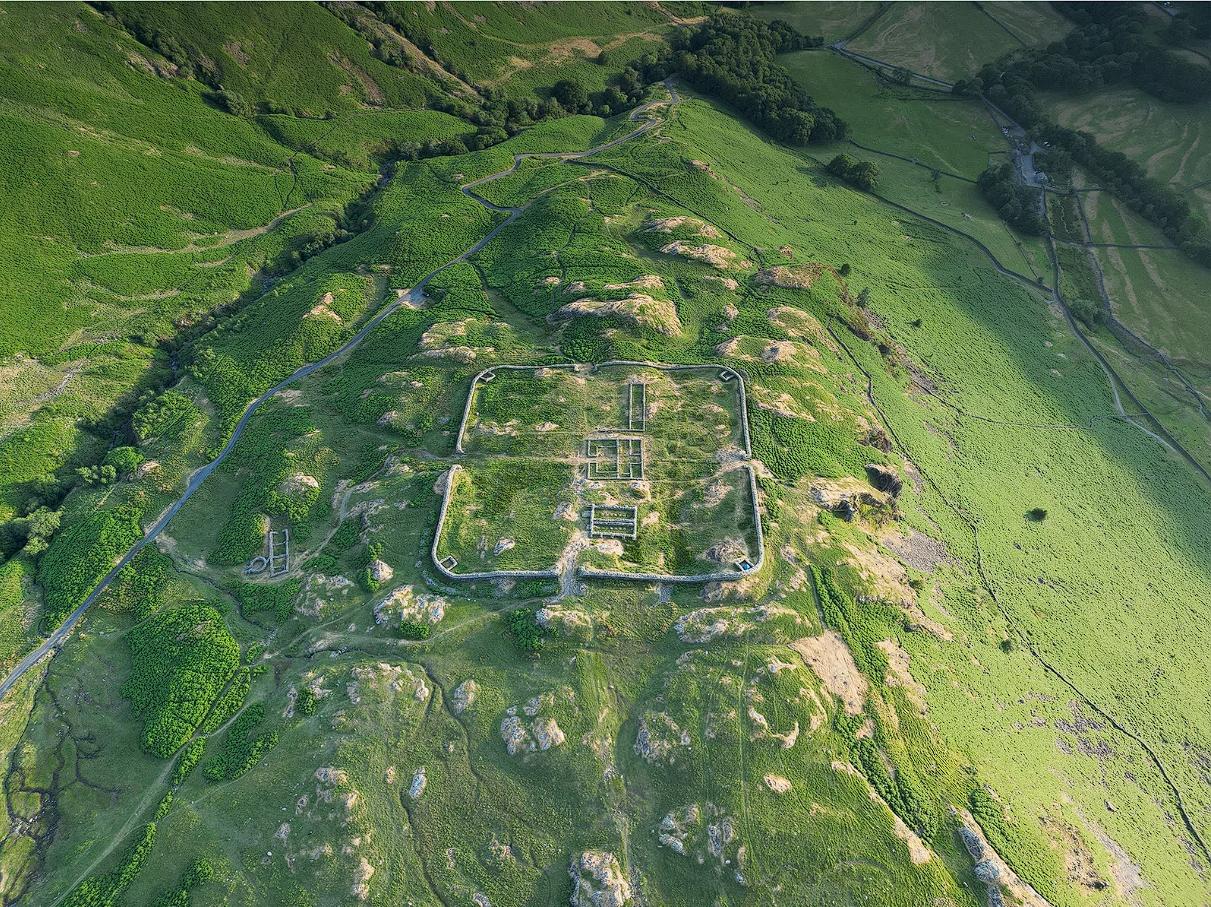
A Remote Bastion: Mediobogdum’s Strategic Significance
The establishment of Mediobogdum at Hardknott Pass underscores the Roman Empire’s strategic approach to securing its northern frontier, a mission that demanded both resilience and adaptability.
The Dalmatian Garrison: Soldiers from a Distant Shore
- Mediobogdum was garrisoned by a cohort of Dalmatians, soldiers hailing from what is now modern-day Croatia, near the Adriatic coast. This detail highlights the Roman Empire’s vast reach and its reliance on diverse military forces.
- These soldiers, accustomed to the Mediterranean climate, were tasked with maintaining order in the rugged and often harsh environment of northern Britain. Their presence underscores the adaptability of Roman military logistics.
- Their placement in such a remote outpost highlights the importance of this fort to the Romans, and their trust in these soldiers to hold it.
Hadrian’s Era: Fortifying the Northern Frontier
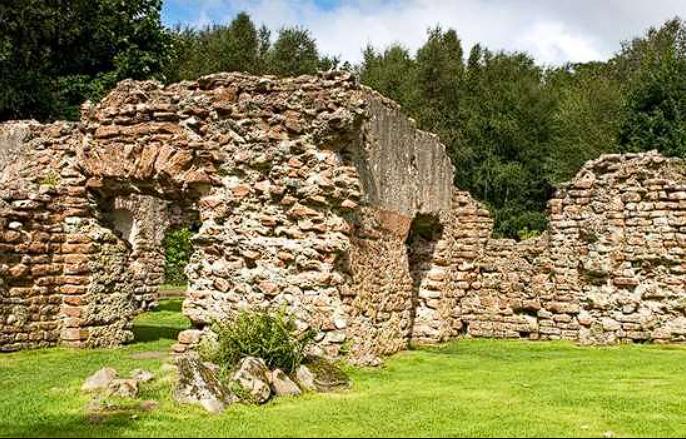
- The fort flourished during the reign of Emperor Hadrian, a period marked by the intensification of Roman presence in northern Britain. This era saw the construction of Hadrian’s Wall and its supporting military network, including Mediobogdum.
- The strategic location of the fort, linking the Cumbrian coast to the interior, was crucial for supplying the Roman military and maintaining control over the region.
- This fort was not just a defensive structure, but a vital link in the Roman supply and communication network.
Architectural Echoes: Remnants of Roman Life
The surviving architectural features of Mediobogdum, particularly its bathhouse and parade ground, provide valuable insights into the daily lives of the Roman soldiers stationed there.
The Bathhouse: A Testament to Roman Ingenuity
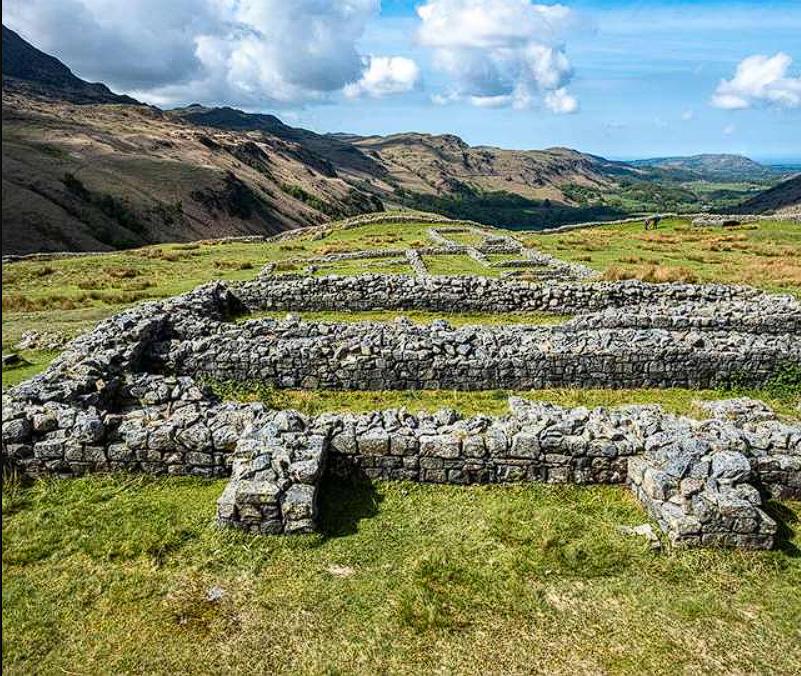
- One of the fort’s most striking features is its bathhouse, strategically positioned on the sloping approach to the gateway facing the road. This placement suggests its importance as a facility for both hygiene and social interaction.
- Despite the passage of time, the bathhouse still retains its distinctive shape, offering a glimpse into the sophisticated engineering and architectural skills of the Romans.
- This structure highlights the importance of maintaining a sense of Roman culture and comfort, even in such a remote and challenging environment.
The Parade Ground: A Stage for Military Prowess
- To the right and rear of the fort, a raised and leveled tract of fell may have served as a parade ground for military drills and formations. This area would have been crucial for maintaining the soldiers’ readiness and discipline.
- The strategic location of the parade ground, overlooking the surrounding landscape, would have allowed for effective surveillance and defense.
- This space was not just for drills, but a place to display Roman power and military might to any local population.
Strategic Connectivity: Linking the Frontier
Mediobogdum’s strategic location was further enhanced by its connection to a network of Roman roads, facilitating supply lines and communication.
Roman Roads: Lifelines of the Empire
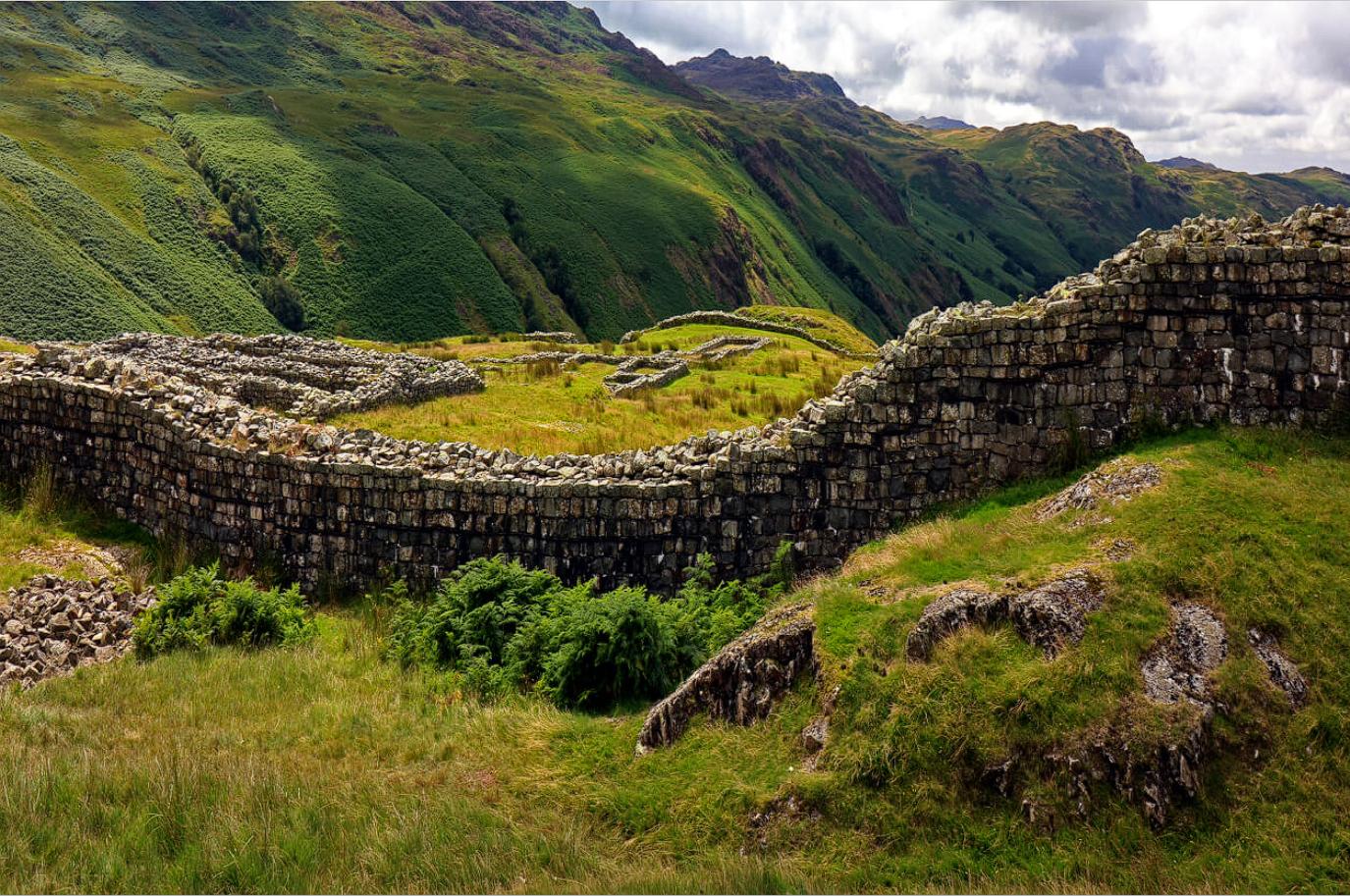
- Hardknott was linked by Roman roads to the Cumbrian coast at Ravenglass, possibly a vital supply port for the fort and the wider region.
- These roads also connected Mediobogdum to Ambleside Roman fort and beyond, establishing a crucial link in the Roman military network.
- This network of roads allowed for the rapid movement of troops, supplies, and information, ensuring the efficient operation of the Roman frontier.
A Legacy of Resilience: Echoes of a Distant Era
The remnants of Mediobogdum at Hardknott Pass stand as a powerful reminder of the Roman Empire’s enduring legacy and the resilience of its soldiers.
A Historical Tapestry: Connecting Past and Present
- The site offers a unique opportunity to connect with the past, imagining the lives of the Roman soldiers who once garrisoned this remote outpost.
- The presence of the Dalmatian cohort highlights the multicultural nature of the Roman army and the empire’s ability to integrate diverse populations.
- The fort’s strategic importance and architectural remnants provide valuable insights into Roman military strategy and daily life on the frontier.
An Enduring Symbol: The Roman Spirit
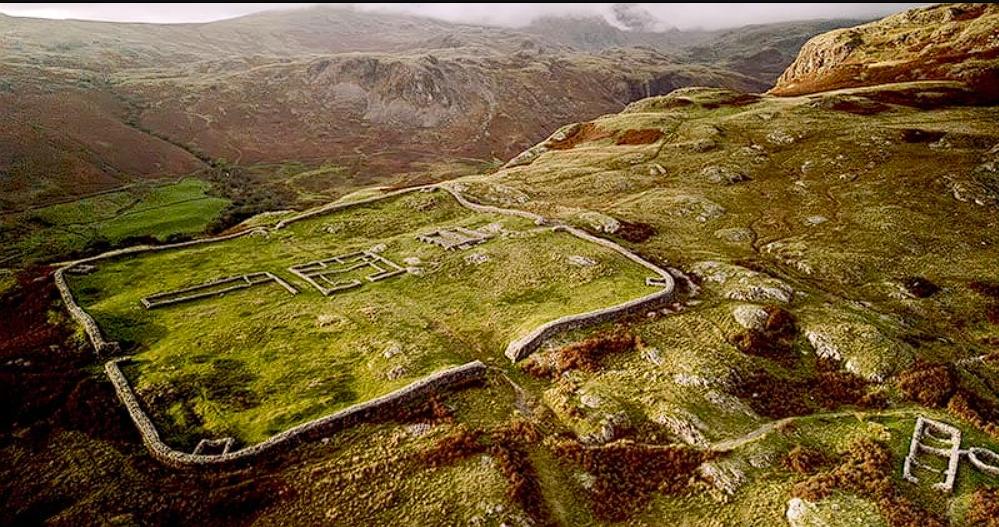
- The enduring presence of Mediobogdum, despite the passage of centuries, stands as a testament to the Roman spirit of resilience and determination.
- The fort’s strategic location and architectural features highlight the Romans’ ability to adapt to challenging environments and maintain control over vast territories.
- The site continues to attract visitors and researchers, offering a glimpse into a distant era and the enduring legacy of the Roman Empire.
Conclusion:
Hardknott Pass, with its Roman fort Mediobogdum, offers a captivating glimpse into the Roman Empire’s reach and the lives of the soldiers who defended its frontiers. The fort’s strategic location, architectural remnants, and the story of its Dalmatian garrison provide a powerful reminder of Roman ingenuity and the enduring legacy of a distant era.

CÁC TIN KHÁC
Mary Walton: The Forgotten Inventor Who Helped Clean Up America’s Cities
Tomb of Queen Nefertari in the Valley of the Queens, Egypt
Discover the Hypostyle Hall of the Temple of Hathor at Dendera
Venus de Losange: Unveiling the Mystery of a 20,000-Year-Old Paleolithic Icon